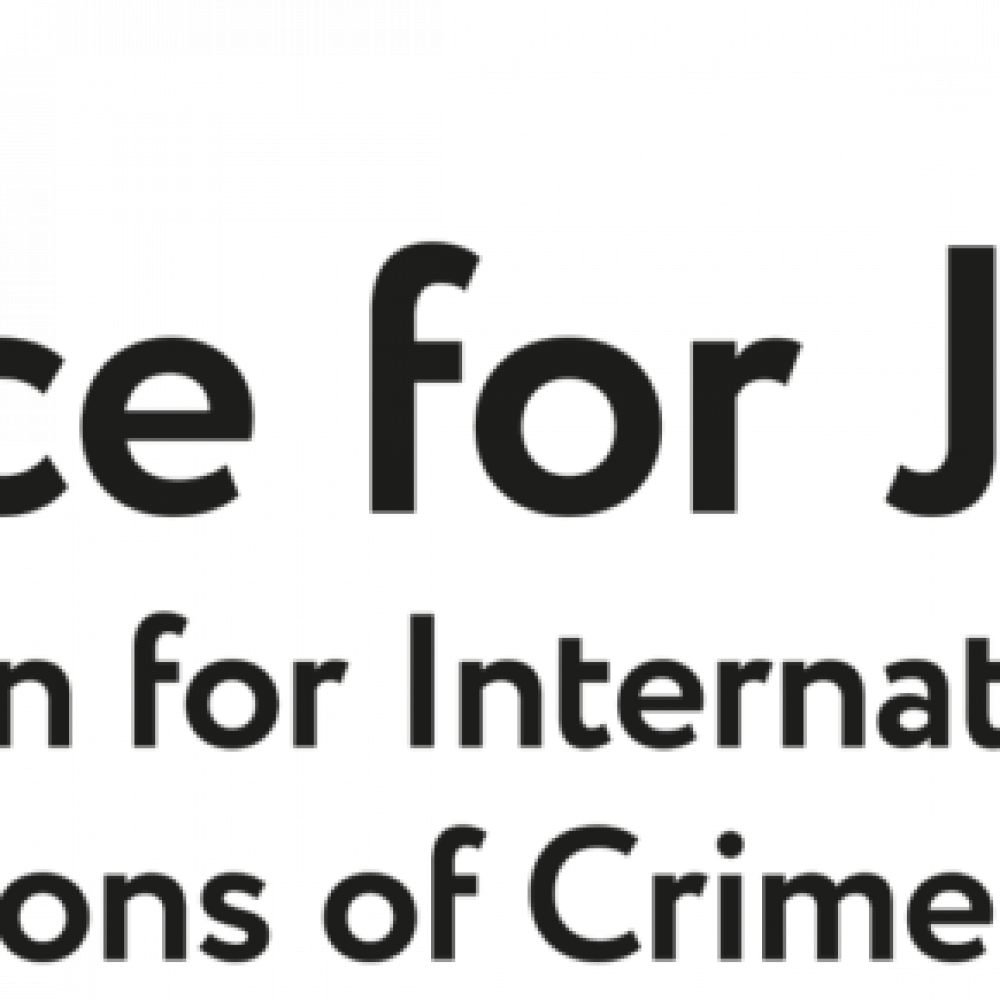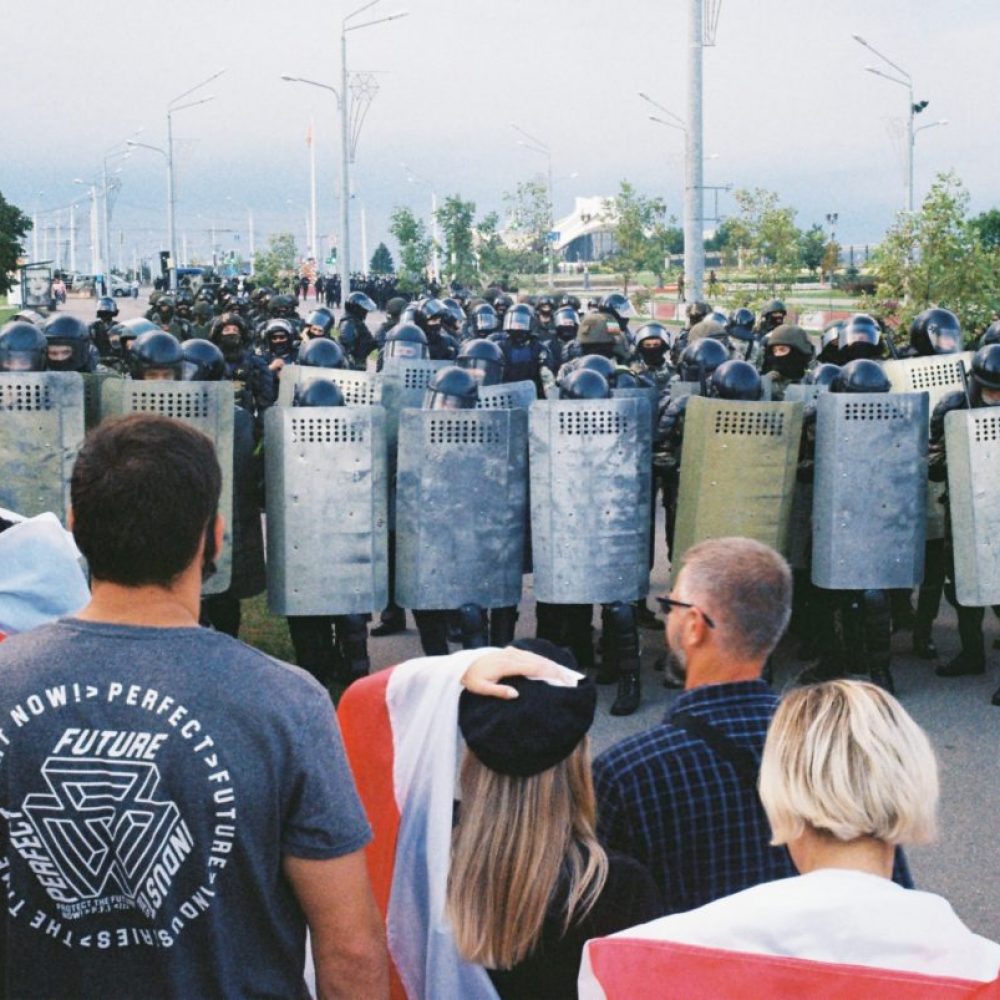The events of 2020 had a devastating impact on the freedom of expression and ability to perform journalistic work around the world. According to the JFJ 2020 monitoring data, the number of attacks against journalists in 12 post-Soviet countries (excluding the Baltic States) doubled in 2020: 3,862 attacks on media workers took place compared to 1,907 in 2019.
FATALITIES
A total of 11 journalists, bloggers and media workers lost their lives in 12 post-Soviet countries in 2020 compared to seven in 2019:
- Three journalists died in custody:
- Dulat Agadil, an independent Kazakh journalist, died several hours after having been detained. According to the police, the tragedy was caused by a cardiac arrest, while the human rights activist insist the journalist was tortured to death.
- Alexander Tolmachev, Russian journalist, publisher and human rights activist, died in the colony in Orenburg, presumably, having contacted COVID-19. Tolmachev has only one month remaining of his nine years prison sentence.
- Azimjon Askarov, journalist and human rights activist died from COVID-19 in the Kyrgyzstan prison colony. Askarov has been in jail since June 2010.
- Blogger Imran Aliev (known as Mansur Staryi) was found dead in a hotel room in Lille, France.
- Russian independent journalist Irina Slavina committed suicide in Nizhniy Novgorod, unable to withstand the harassment and pressure from the authorities.
- Six journalists died as a result of accidents:
- The NTV channel anchor Alexander Koltovoy together with his wife perished in the crash of a light motor plane in the Moscow suburb.
- Natalia Michurina (Russia), a journalist and former editor-in-chief of Vostochno-Sibirskaya Pravda (vsp.ru) died in Khabarovsk. She was hit by a bus when crossing the road.
- Filmmakers of the documentary project ‘Unknown Belarus’ – Maksim Gavrilenko, Lyubov Zemtsova and Vladimir Mikhailovski died in the car accident on their way to Minsk from Gomel.
- Anton Luchansky (Russia), journalist and local ‘Vesti’ TV-programme editor, died in Novosibirsk. According to his colleagues, he was hit by a Mercedes-Benz on his leaving a tram.
NON-FATAL PHYSICAL ATTACKS AND THREATS
In 2020, the number of non-fatal physical attacks and threats increased to 349 incidents, from 288 in 2019.
- Two attempted murders on Chechen bloggers were recorded on the territory of Europe: Tumso Abdurakhmanov survived a murder attempt in Sweden and assassination attempt on blogger and political refugee Musa Lomaev was thwarted.
- Svetlana Anokhina, editor-in-chief of Daptar, was forced to leave Dagestanas a result of death threats.
- Salman Tepsurkayev, moderator of the 1ADAT Telegram channel, was kidnapped from his workplace in Gelendzhik, Russia and tortured; his whereabouts are still unknown.
- During the conflict in Nagorno-Karabakh, 16 incidents of physical attacks, including against foreign correspondents, were registered, most of which were attempted murders.
- In Belarus, since August 2020, the authorities have been continuously harassing journalists and media workers, beating them, detaining in inhumane conditions, confiscating personal belongings and putting pressure on their relatives and loved ones.
- In Ukraine, 76 incidents of beatings of journalists took place, one case of sexual harassment, and 38 incidents when the professional equipment was forcefully seized from media workers and/or damaged.
- In Uzbekistan, where the Soviet practice of punitive psychiatry is still in place, blogger and activist Nasofat Olloshukurova was forced to leave the country. Previously, the mother of two had been arrested for covering the protest action of a local journalist and was confined to a psycho-neurological facility for three months.
- In Tajikistan, journalists and media workers working to publicise the real situation with COVID-19 pandemic in morgues, hospitals, universities and shops were attacked, and their articles were censored.
ARRESTS AND DETENTIONS
The number of arrested journalists, bloggers and media workers have increased more than twofold this year. In 2020, 515 media workers were detained, and 329 were arrested, while in 2019 – 225 were detained and 51 were arrested.
- Belarus has the highest number of arrests, with more than 211 journalists arrested and more than 302 detained. At least eight are still in prison.
- In Turkmenistan, another dictatorship where all independent publications have long been shut down and almost no independent journalists remain, freelancer Nurgeldy Khalykov was sentenced to four years in prison after sending a photo of the World Health Organization representatives to the turkmen.news.
- In Russia, Ivan Safronov, former Kommersant journalist, was charged with high treason and arrested for six months pending his trial (the sentence term was extended until March 7, 2021).
- In Azerbaijan, blogger Aslan Gurbanov, who suffers from severe epilepsy, was arrested for four months for the incitement of national, religious and social hatred. While being detained, he fainted and had seizures.
- In Azerbaijan, Kazakhstan, Russia, Tajikistan and Uzbekistanjournalists were widely persecuted for violating the newly introduced rules and regulations, as well as for spreading of the «fake news» regarding the COVID-19 pandemic. Fines, interrogations, administrative and criminal cases, detentions, arrests and even lengthy prison terms were typical methods of suppressing independent reporting on the pandemic.
Globally, according to the Reporters Without Borders, 51 media workers were murdered in 2020. Mexico remains the most dangerous country for journalists with 19 journalists killed in 2020, as the deputy minister Alejandro Encinas reported.
The number of detained journalists is at the historically high level. According to the Reporters Without Borders, at least 387 professional and citizen journalists are currently detained, which is 15% more than in 2015 (328). Also, the number of women journalists in detention increased by 35%.

